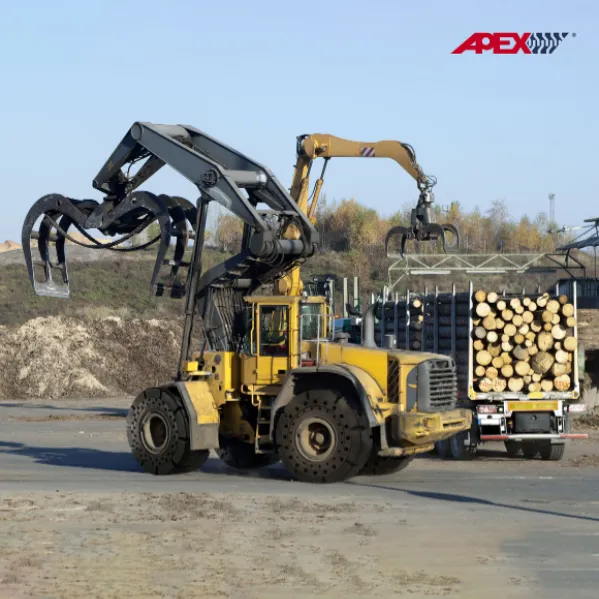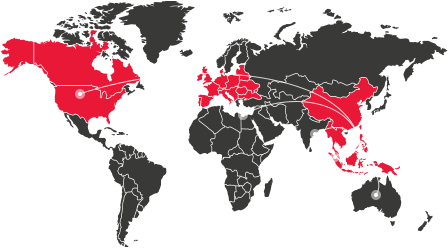Different Types Of Wheel Loaders & Their Uses

- Small wheel loaders
From 8 to 12 tons of operating weight, they are ideal for working in smaller batches, where precision is required. It could be challenging for your personnel to manage a huge wheel loader on a smaller job site with narrow routes. For this reason, you require a compact version, like a tiny wheel loader, that provides greater flexibility and steering control in constrained locations.
This is because your reduced loads enable numerous workers to work more efficiently in cramped quarters. They are regarded as fleet assets because of this at the majority of the nation's building sites. Additionally, it is simple to maintain the smaller vehicles and buckets for long-term use.
- Compact wheel loaders
When working in a compact or constrained location, these are designed to maximize efficiency. You can modify and attach tools as necessary.
An operator can benefit from the best of both worlds because it sits in between a huge wheel loader and a skid steer loader. In places where a skid steer is too small to use, you can employ simple accessories that are typically used with skid steers. In addition, you can benefit from the compact loader's maneuverability because it is simpler to move in small locations than larger wheel loaders.
- Medium wheel loaders
With a maximum of 18 tons of operating weight. You can rely on medium wheel loaders if you need something bigger than compact loaders, but still lighter than bigger ones. Due to their size and weight, just like their smaller siblings, they are appropriate for crowded and hectic job sites. They are similar to each other except in that they have a higher load capacity, which makes them useful for loading goods in larger bulks.
Additionally, a medium wheel loader makes it easier to use various attachments like forks and grapples. The difficulty of operating massive heavy equipment on typical building sites has made it possible to complete additional activities like transporting pipes and pallets.
- Large wheel loaders
With more than 18 tons, they offer very high power and the ability to cover large areas in a short time and more efficiently. Your operators would make fewer journeys compared to the smaller models. As a result, productivity becomes a top focus at every larger construction site and downtime is reduced. The truck is larger overall in addition to having larger buckets.
With their strong engines and industrial-specific design, these wheel loaders are quite effective. Even in difficult terrain, these heavy loaders function at their peak efficiency. Backhoe, bucket, and scoop loaders, as well as front-end, are all built into some large wheel loaders. Typically, these are employed for cleaning up trash or moving goods from one location to another. In areas that frequently receive heavy snowfall, large wheel loaders can be useful for clearing snow. Additionally, a variety of tasks can be accomplished by altering them.
When considering the right wheel loader for your operation, make sure to get the right shoes for your wheel. Try out our best-selling F1H and F1 HM solid tires. To learn more about wheel loader solid tires, click here:
Maximize Your Wheel Loader Uptime And Productivity




